|
Last night, miraculously, the clouds cleared rather than thickened after sunset, and seeing conditions lingered - for just an hour or two - near average. I dutifully set out with my Takahashi, yet when I reached the rooftop I found it crowded with people. It's like we, as a city and country, have simply decided to ignore COVID-19. Disappointed, I walked downstairs and decided to set up shop on a bench just outside my building. While I was tucked mostly out of sight, there were bright lamps everywhere, and so I had little choice but to observe the Moon. Not ideal, but not the worst: there are few better things to do than explore the half-full Moon with a fine refractor. With the Moon at 60x, it was immediately obvious that it was going to be a special night. Maybe the seeing was supposed to be average overall, but the Moon seemed unusually sharp. Switching to around 200x, I could easily make out a number of craterlets within the crater Plato, and I was delighted to make out the towering shadows of its mountainous rim. Mountains on the Moon are rounded by years of bombardment, but they nevertheless cast spectacular shadows with the Sun at locally low elevation. These particular shadows, in Plato, have an especially interesting history. In the nineteenth century, observers announced that their flickering betrayed the existence of a lunar atmosphere. The apparent appearance and disappearance of those craterlets, meanwhile, supposedly revealed ongoing volcanism. Was the Moon an active world? To many of the era's leading Selenographers - geographers of the Moon - it certainly seemed to be. It was one of those nights where you could just linger endlessly over the minutest details on the lunar surface, exploring the complexities of terrain you've never really seen before. The Moon's mountain ranges, in particular, had a towering, three-dimensional feel to them. The glint of mountains catching the rising Sun in the blackness just beyond the terminator always gets me. I can just imagine what it would be like to stand on one of those peaks, taking it all in with the Earth overhead. Nearly as striking as the specular detail I could make out, however, was the chromatic aberration I could clearly see, despite using a telescope in the FC-100DC that is nearly free of color - and despite using a focal extender that should have all but eliminated false color. Stepping away from the eyepiece, I noticed that the Moon had a hazy look to it, with yellow distortion around the disk. Could the atmosphere be causing all that false color? Or was it stray light entering the optical tube? I'm still trying to figure it out - but it's definitely something I'll monitor. Nevertheless, a memorable night - and not least for the wail of police sirens in the background, amid protests here in DC over yet another expression of racial injustice. At least there was the SpaceX launch, earlier in the day, to give us a measure of hope for the future.
3 Comments
It's been a while! With around 8,000 COVID-19 cases confirmed in DC - and who knows how many undiagnosed - I've resolved to use my telescopes only in conditions of average or better seeing, and only with at least one showcase object in the sky. For two months, that combination basically did not materialize. Conditions were so bad for astronomy here in DC that I saw plenty of advertisements for telescopes published by people in and around the city. A couple weeks ago, the sky was finally clear. Although seeing was below average, I couldn't stand being cooped up in my apartment any longer. I took my TV 85 to our rooftop and had a look at the rising full moon. Though the TeleVue never disappoints, the atmosphere was just roiling, and the view was soft. I could only use low magnification. Still, it was nice to catch a glimpse of something astronomical. Then, last night, seeing was briefly better than average - it's been so long since that happened - and at dusk the Moon was a beautiful crescent hanging over the western horizon. This time, I took out my Vixen ED115S, and resolved to walk around ten minutes to a nearby park. After two minutes of walking with all my gear, I was sore, sweating, and ready to quit. I ducked into a nearby driveway, then walked over to a patch of grass bordering a private school and forest. From there, I could see the Moon in a gap between trees. Good enough! With the Moon sinking towards the horizon, seeing was not quite as good as I expected. Or more accurately: it was inconsistent. At times, the view was a little fuzzy, or perhaps hazy; at other times - and briefly - it was crystal clear. Still, I now had my first opportunity to test the Vixen in conditions that were better than terrible.
It's an impressive telescope, no doubt about it. It's immediately obvious that it gathers more light than the FC-100DC. This was not a given, because small Takahashi refractors are renowned for outperforming larger telescopes. But subtle features, such as rilles, that are hard to see in my smaller telescopes are clearly visible in the Vixen, giving a mesmerizing complexity to the lunar landscape. You truly get the sense that you could explore it forever. And in particular, the "ashen glow" of the crescent Moon - that majority of the lunar disk illuminated by Earthshine - was much brighter than I can ever remember seeing it. I could actually make out a lot of features on that part of the Moon - a first for me. Above all, the optics are sharp. I also feel that they take noticeably longer to cool down than those of the TV 85, for example, or even the Takahashi. And if you really look for it, you can see just a bit of false color on the lunar limb when the Moon isn't perfectly in focus. It's just a hint of greenish-yellow, but it's there. I guess I've developed expensive eyes while using these fine refractors. I actually doubt that I'd be able to see even these hints of false color with the Moon higher in the sky; that's something to check out next time. Still, for now I think there may just be a bit more of that color than I can make out with the Takahashi. There's also more coma - more distortion on the edge of the view - than I see through my smaller telescopes. This is not surprising, and it does not feel distracting to me; you really have to look for it to notice it. But notice it I did when the sky darkened and a star appeared near the Moon at low magnification. My Vixen has a number of heavy upgrades, and that makes it about twice as heavy as the FC-100DC. Still, the AYO II mount holds it with no problems at all. The view, in fact, is rock steady - better than I expected. I can't give that mount enough praise. After about 40 minutes, the mosquitoes were out in force and I had to pack up quickly. A pity; I'd hoped to catch a glimpse of some other objects, but I have to admit that my observing site was far from ideal anyway. I am very happy with this telescope. The optics are superb, if not entirely color-free, and it just feels good to use and handle. It's almost the perfect size for a medium-sized refractor; any bigger, and you get the sense that it would be much harder to mount. As is, you barely notice it's there sometimes. You could get lost in that view. The Vixen provided another useful lesson to me last night. With a heavy heart, I decided to sell my Mewlon 180. Although the telescope is absolutely beautiful, it just takes too long to cool down - and it's too heavy to carry far in its case. I've been debating whether to use the funds to buy a larger refractor, but now I wonder whether the Vixen is the biggest telescope I can manage - until I have a backyard or car, at least. |
Archives
March 2024
Categories
All
|

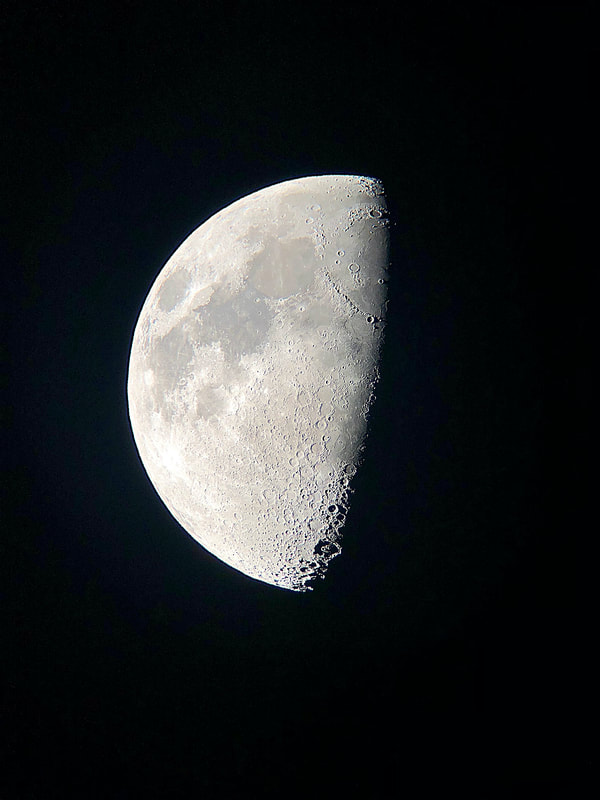
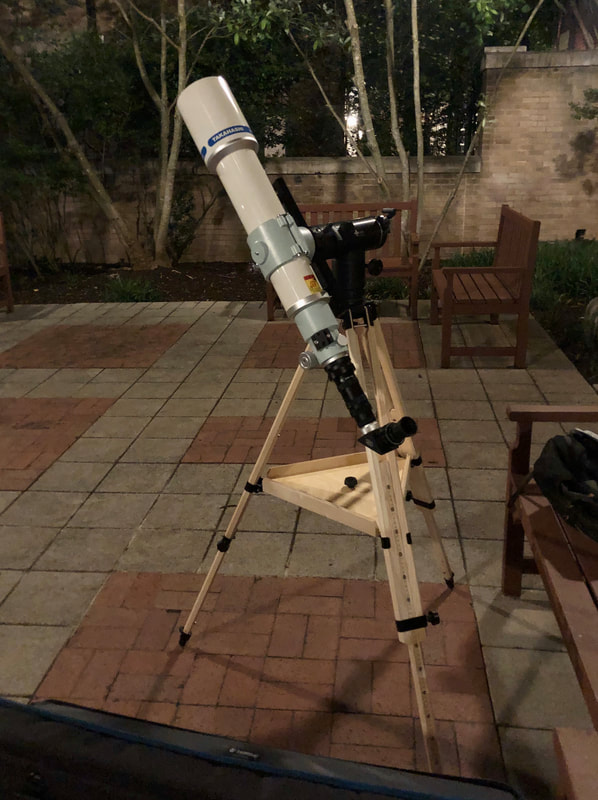
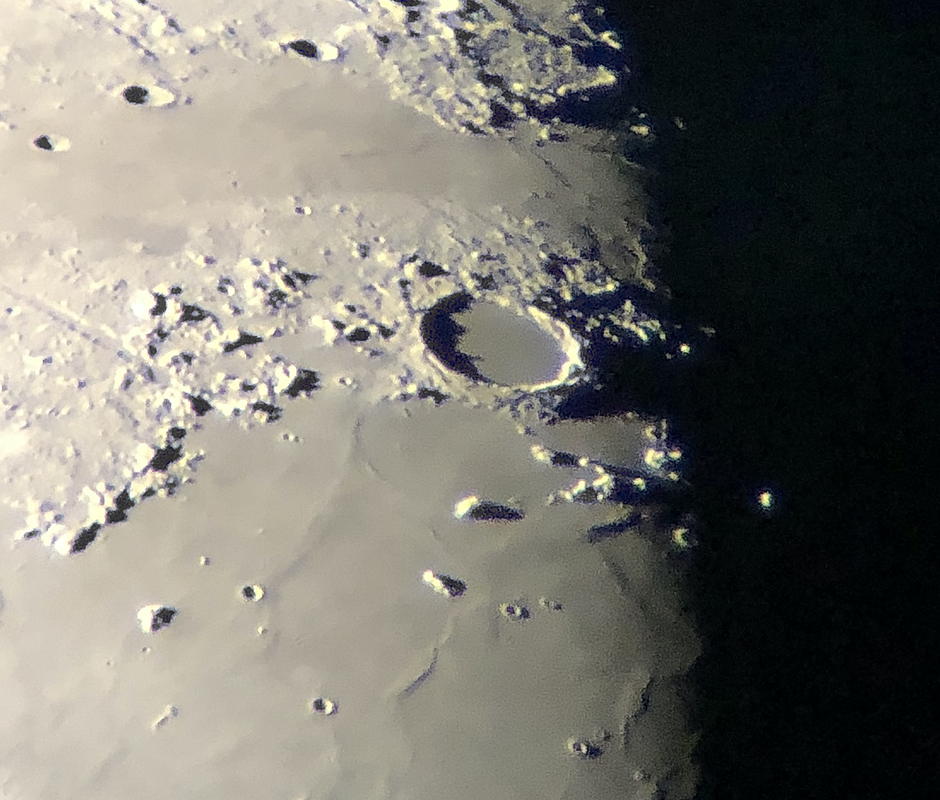
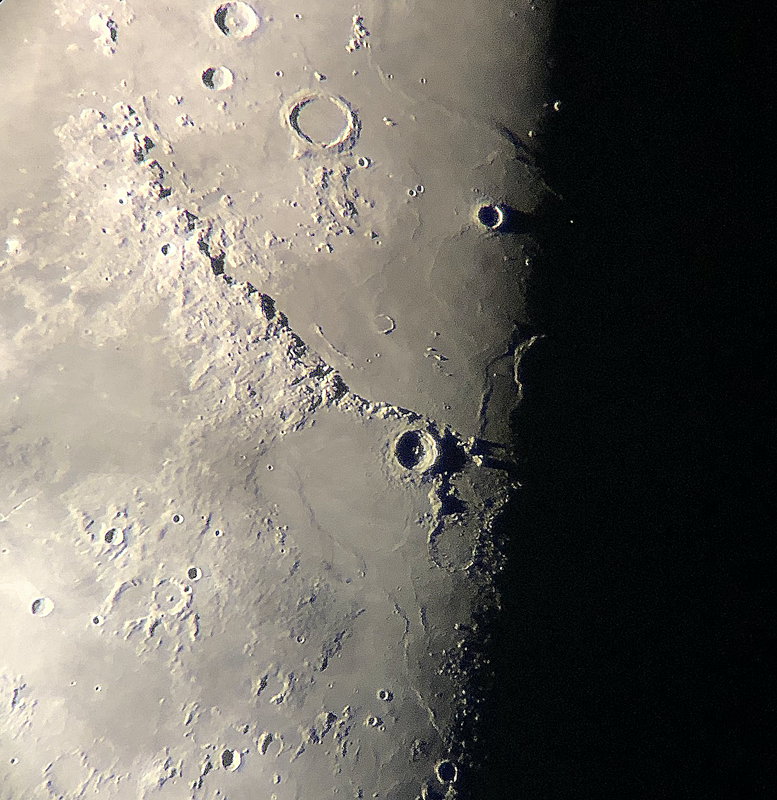
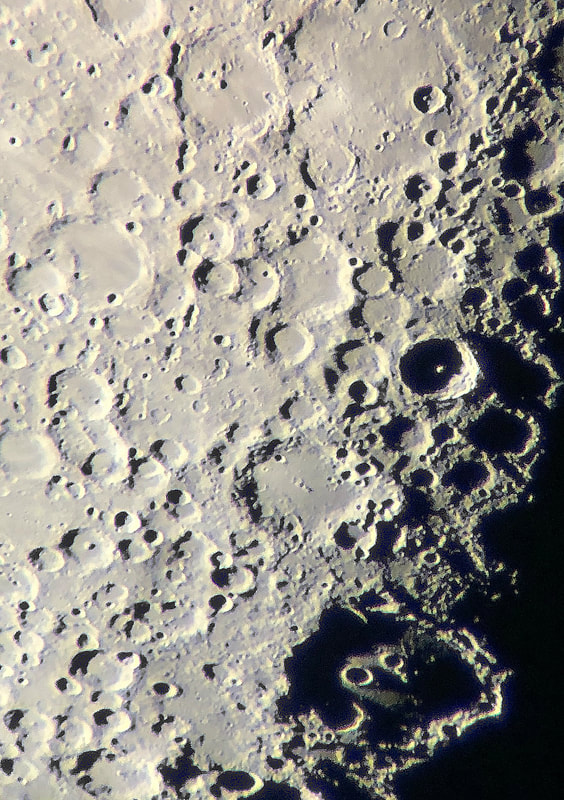
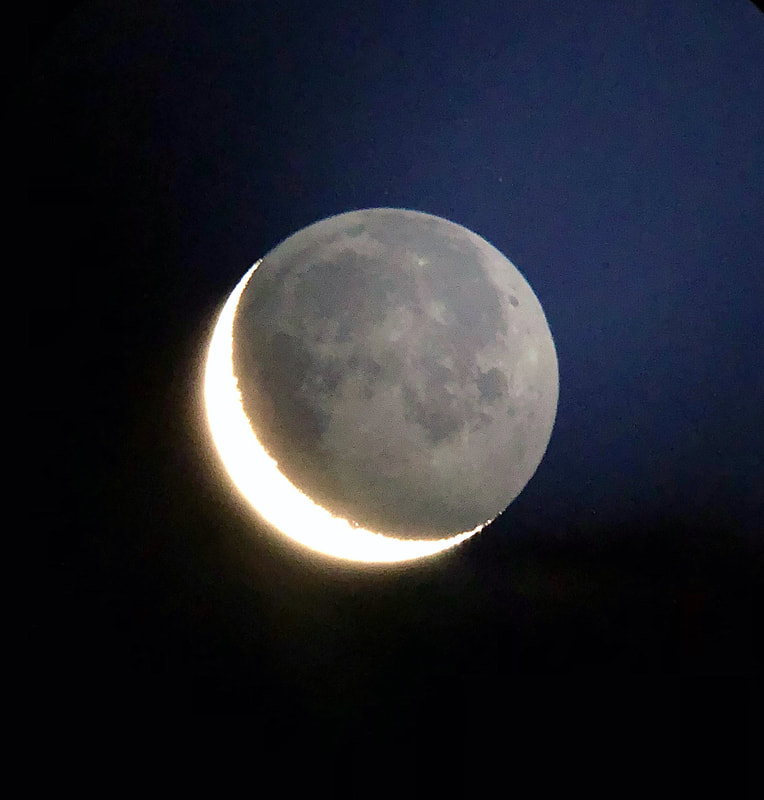
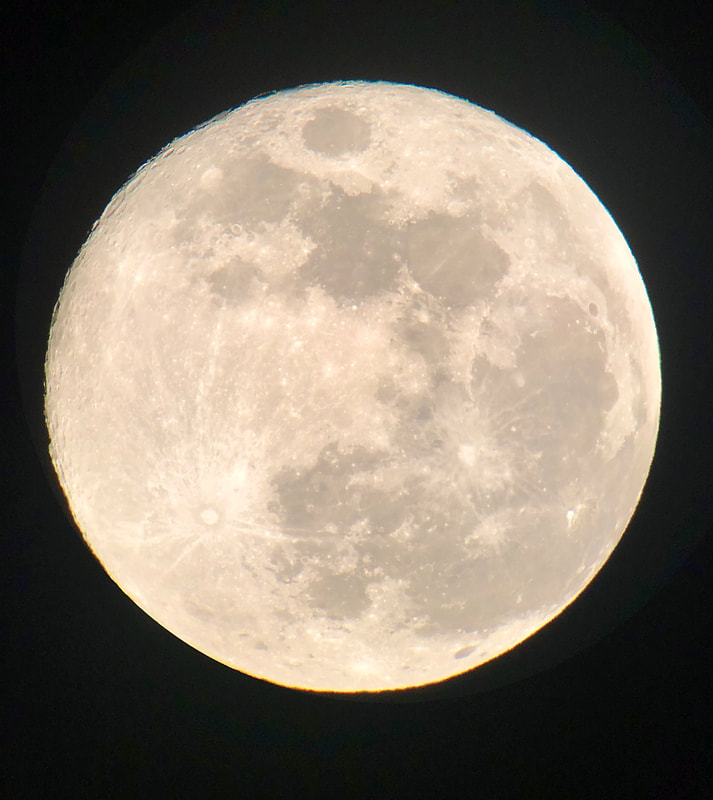
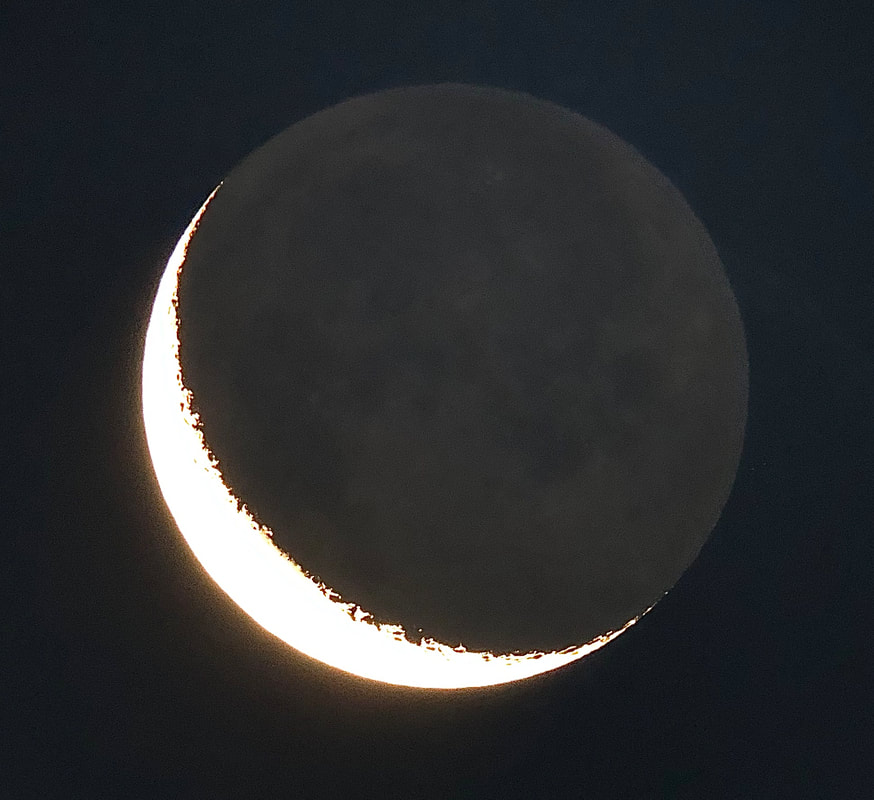

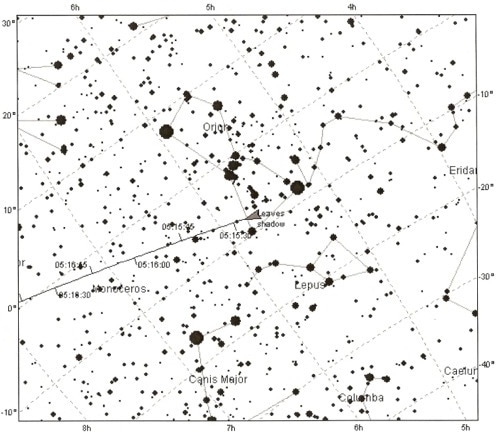
 RSS Feed
RSS Feed